Data Engineers at the Crossroads: Choosing Between Snowflake and ClickHouse for AI Workloads
In the ever-evolving world of artificial intelligence (AI) and data engineering, selecting the right platform for managing and processing data is pivotal. Two names that stand out in this arena are Snowflake and ClickHouse. Both platforms excel in their own right, but they cater to different needs, making the decision a critical one for data engineers tasked with supporting AI workloads.
This article dives into the strengths, weaknesses, and use cases of Snowflake and ClickHouse, providing data engineers with actionable insights to make an informed choice.
1. Understanding the Basics: Snowflake and ClickHouse
Snowflake
Snowflake is a cloud-native data platform designed for scalability, ease of use, and broad integration capabilities. It specializes in structured and semi-structured data, offering a SQL-based interface that is user-friendly and powerful.
Key Features:
- Multi-cluster architecture for seamless scalability.
- Native support for semi-structured data like JSON, Avro, and Parquet.
- Integration with machine learning tools like AWS SageMaker and Python libraries.
ClickHouse
ClickHouse is an open-source, columnar database optimized for real-time analytics. Known for its high-speed query performance, ClickHouse is favored in scenarios where low-latency and high-throughput are critical.
Key Features:
- Designed for OLAP (Online Analytical Processing) workloads.
- High-performance queries with support for complex aggregations.
- Lightweight and efficient storage optimized for time-series and event-based data.
2. Comparing Strengths for AI Workloads
Snowflake: Strengths for AI
- Scalability:
- Integration Ecosystem:
- Ease of Use:
- Data Governance:
ClickHouse: Strengths for AI
- High-Performance Analytics:
- Cost-Efficiency:
- Flexibility:
- Real-Time Capabilities:
3. Weaknesses to Consider
Snowflake
- Cost: Pricing can escalate with high usage, especially for compute-heavy AI workloads.
- Limited Real-Time Processing: Snowflake is not optimized for ultra-low-latency or event-based data processing.
- Vendor Lock-In: Cloud-native design ties users to specific cloud platforms (AWS, Azure, Google Cloud).
ClickHouse
- Steeper Learning Curve: Requires expertise to set up and optimize for complex use cases.
- Limited Ecosystem: Fewer native integrations compared to Snowflake.
- Data Governance: Lacks robust governance and compliance features out of the box.
4. Use Cases for AI Workloads
When to Choose Snowflake:
- AI models requiring structured and semi-structured data processing.
- Use cases that rely on seamless integration with machine learning frameworks.
- Scenarios where compliance, security, and data sharing are critical.
Example: A retail company uses Snowflake to integrate sales and customer behavior data, feeding it into predictive models to optimize inventory.
When to Choose ClickHouse:
- Real-time analytics and low-latency applications.
- Time-series data or event-based use cases.
- Organizations looking for cost-effective solutions without sacrificing performance.
Example: A fintech firm employs ClickHouse to power a real-time fraud detection system, analyzing transaction logs instantly.
5. The Hybrid Approach: Best of Both Worlds?
For many organizations, the answer might not be Snowflake or ClickHouse, but both. A hybrid approach allows data engineers to leverage the strengths of each platform:
- Use Snowflake for data warehousing, governance, and integration with ML workflows.
- Use ClickHouse for real-time analytics and fast querying on specific datasets.
Example: A media company stores its large archives of content metadata in Snowflake but uses ClickHouse to monitor real-time streaming performance metrics.
6. Making the Right Choice
Key Questions to Ask:
- What are your latency requirements?
- What is your budget?
- How critical is compliance and governance?
Conclusion: Navigating the Crossroads
Choosing between Snowflake and ClickHouse for AI workloads depends on your specific needs, from latency and cost considerations to integration and governance requirements. By understanding the strengths and limitations of each platform, data engineers can design solutions that not only meet technical demands but also drive business value.
What’s your experience with Snowflake or ClickHouse? Share your insights and questions in the comments below!

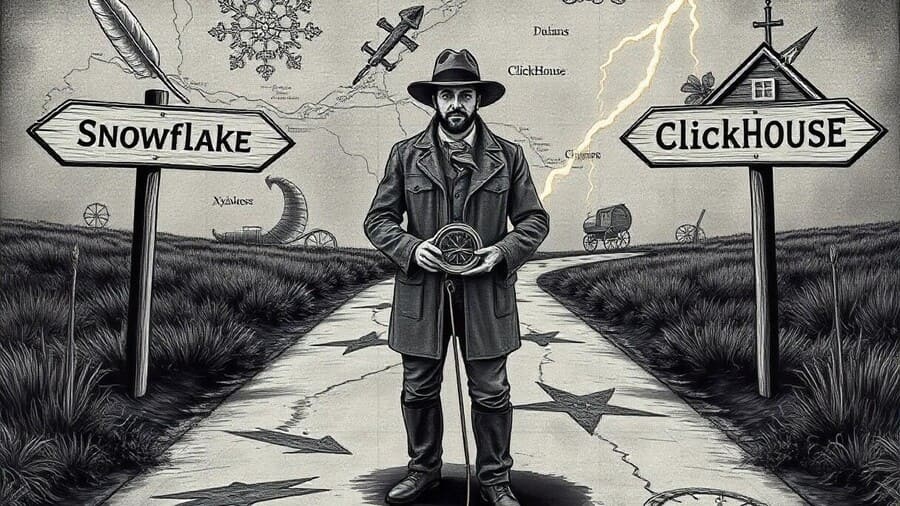


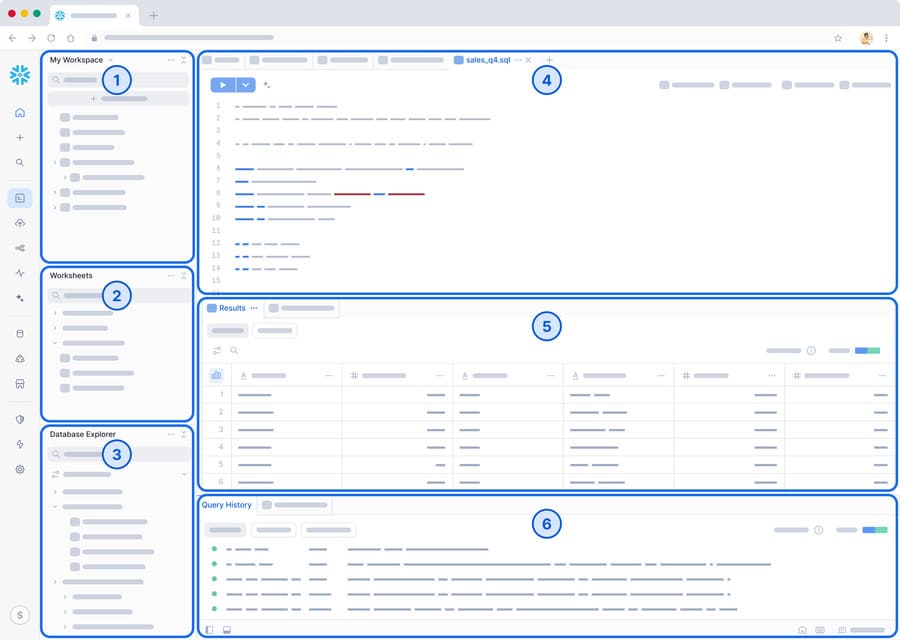
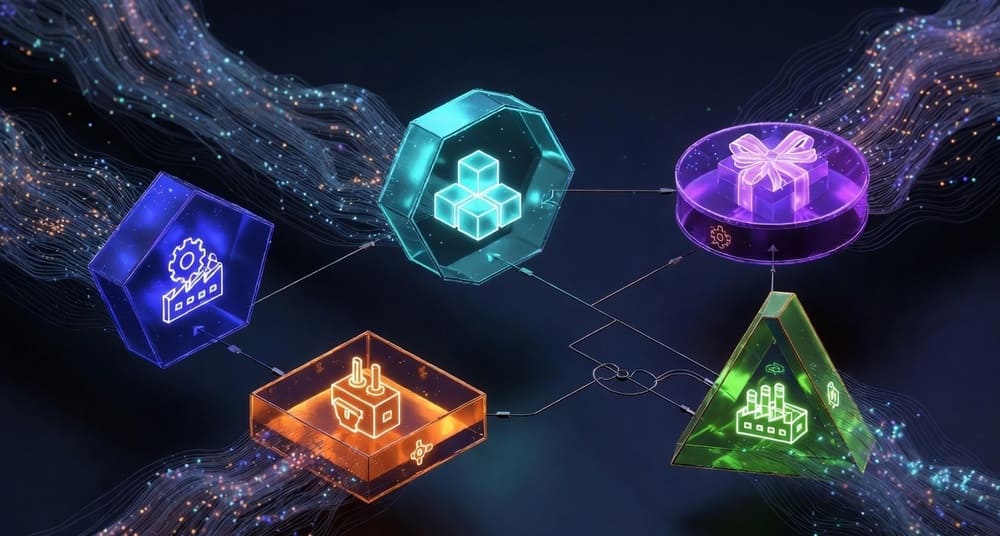
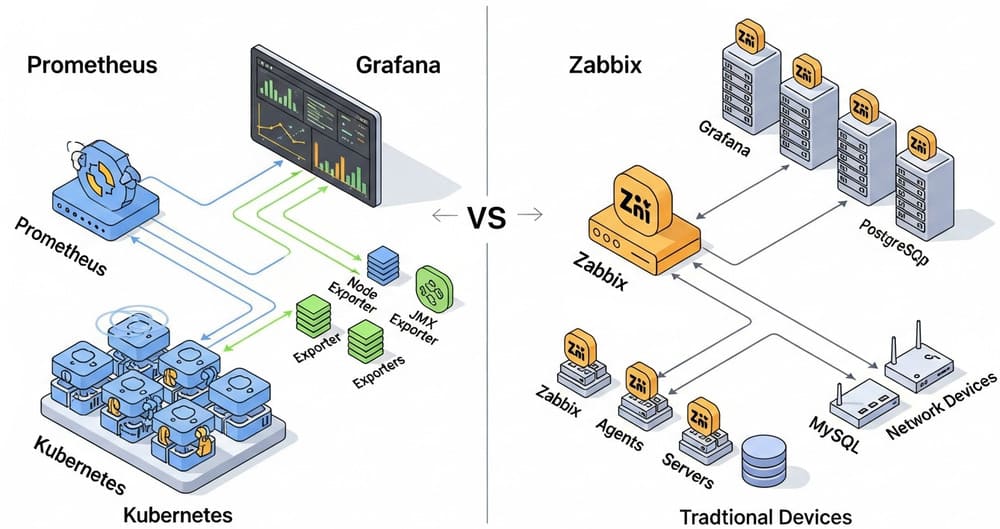
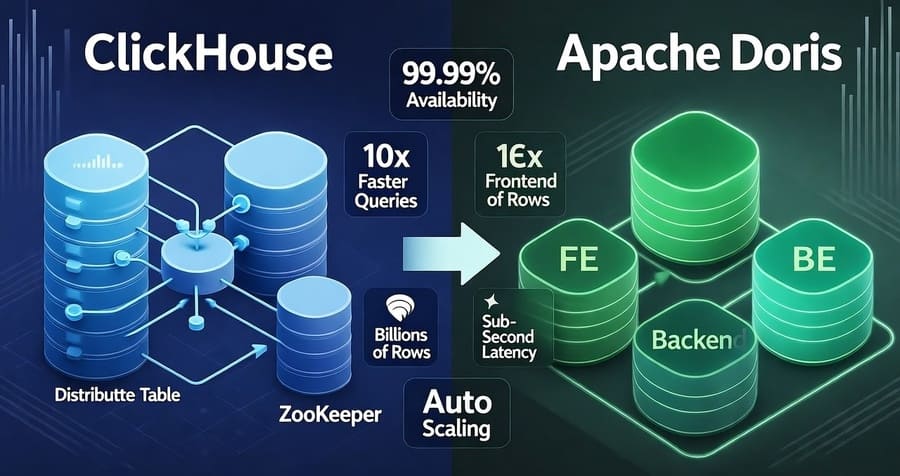
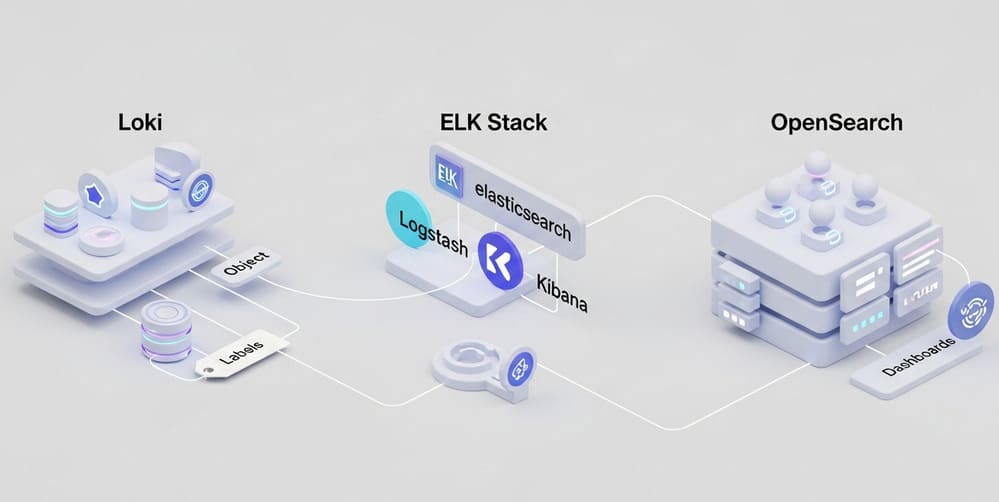
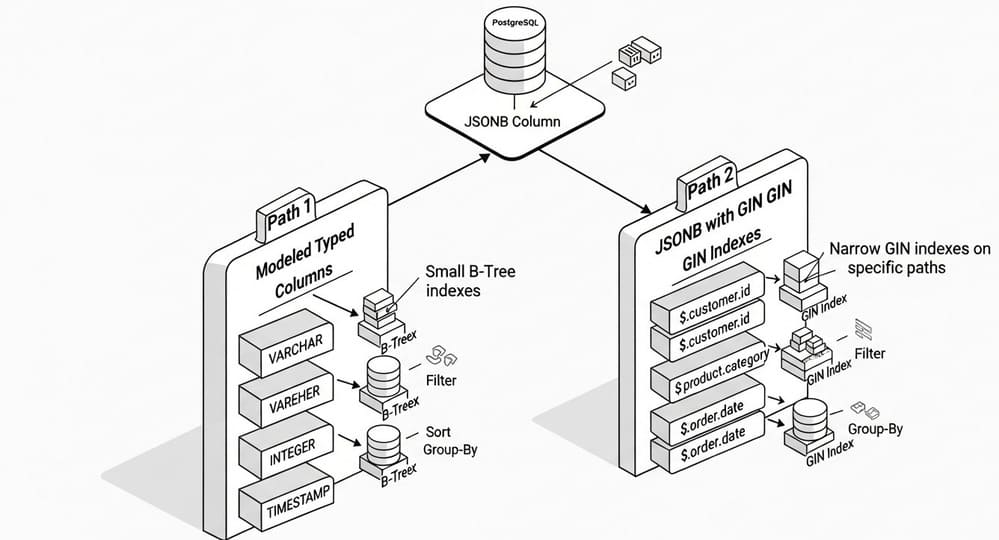
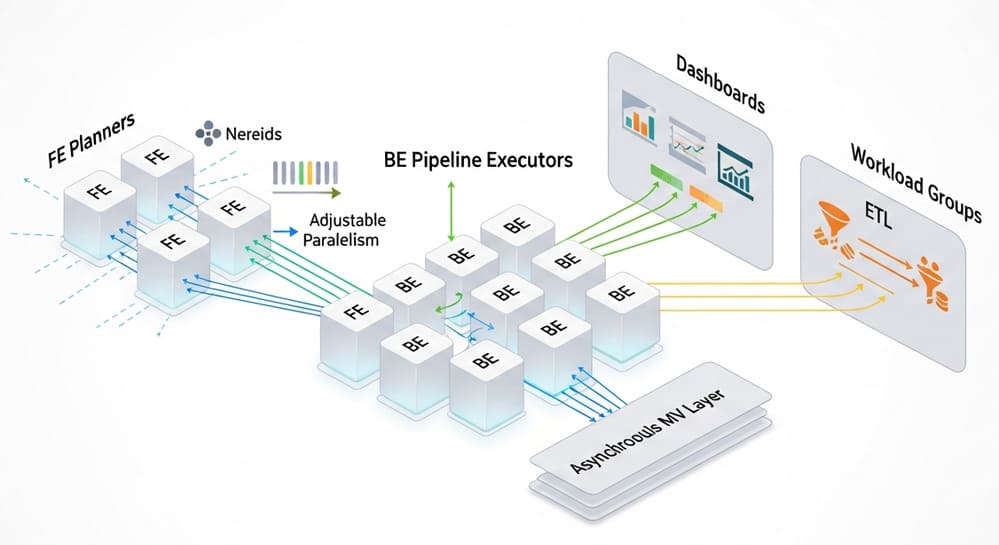
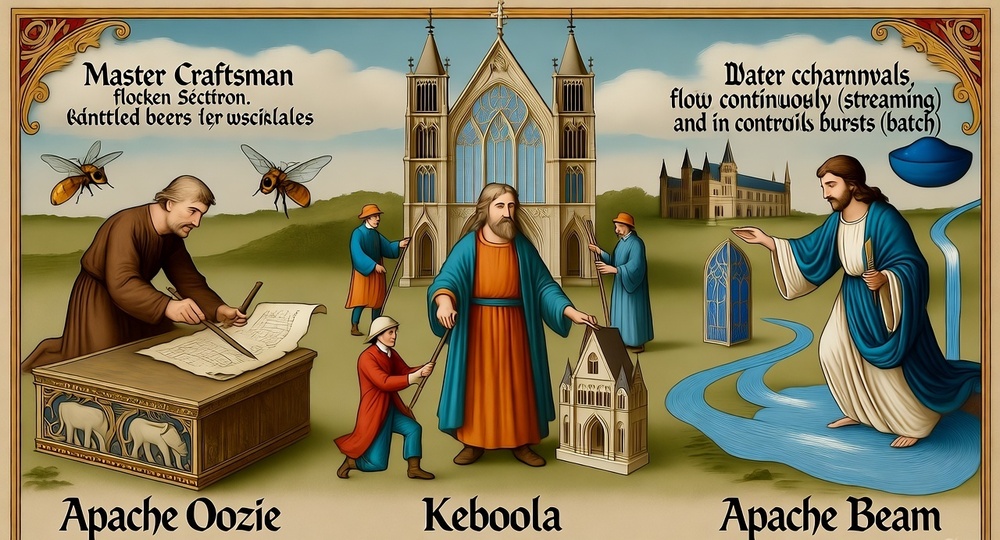


Leave a Reply